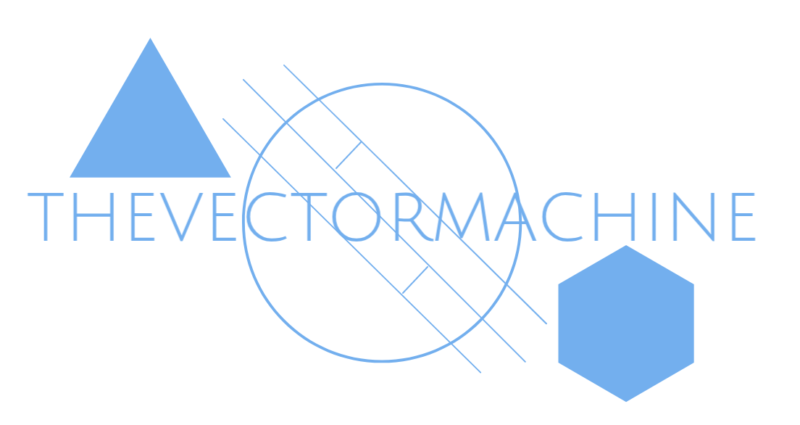A common question that a consultant stumbles upon is as to which tool suits best for the business requirements. Recently, I was asked a question by a recruiter as a part of an interview that if I had to choose, which BI tool was the best in the market & how would I proceed with that analysis.
I straight away highlighted the most often used tools, MicroStrategy and Tableau. However, the statement provoked a deeper discussion as to which factors and features were to be considered while identifying the right product. Tableau and MicroStrategy both offer similar BI capabilities but the way the two products are built lead to different areas of strengths.
To get started with Tableau, one needs a data cube/simplified database as per the business requirements which could be easily plugged in for analysis, visualizations & data mining.
But to get started with MicroStrategy involves several steps covered in the chart below.

The reason for this difference is obvious as MicroStrategy focuses on building robust schema and objects that makes it an enterprise level tool. Tableau is more focused on quick analysis & storytelling and hence serves as one of the best add on tools for an existing BI environment.
Following is a detailed chart which lists the features of the BI tools under consideration. Green bubbles indicate the strengths of MicroStrategy and Orange bubbles indicate strengths of Tableau. Blue bubbles are the common features with similar levels of strength.

All the features at a glance along with awareness of the complexity of the data & its analysis, ETL tools to be integrated and BI-data mining features expected, time, cost & resource constraints involved, proper BI tool can be shortlisted.

